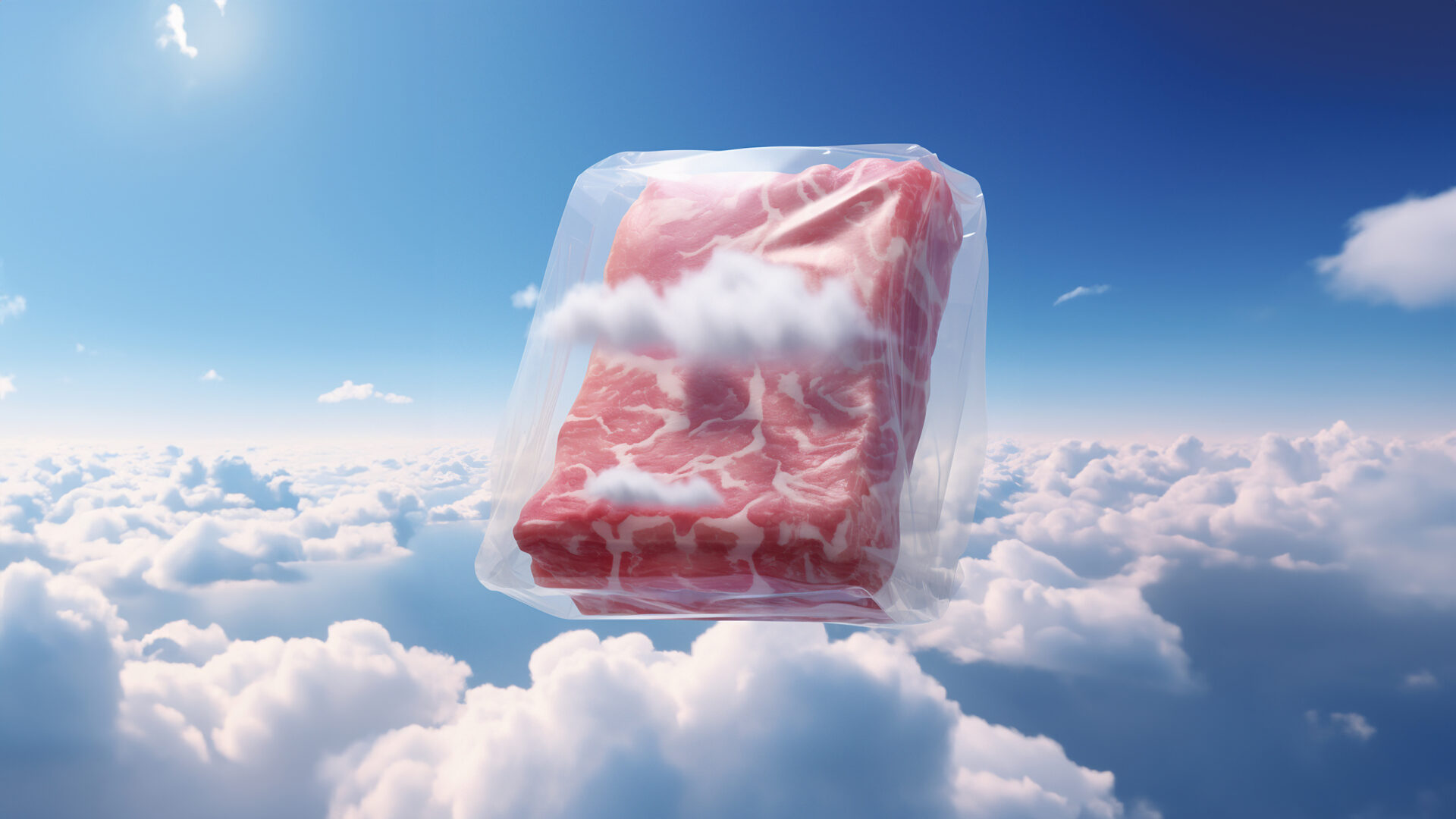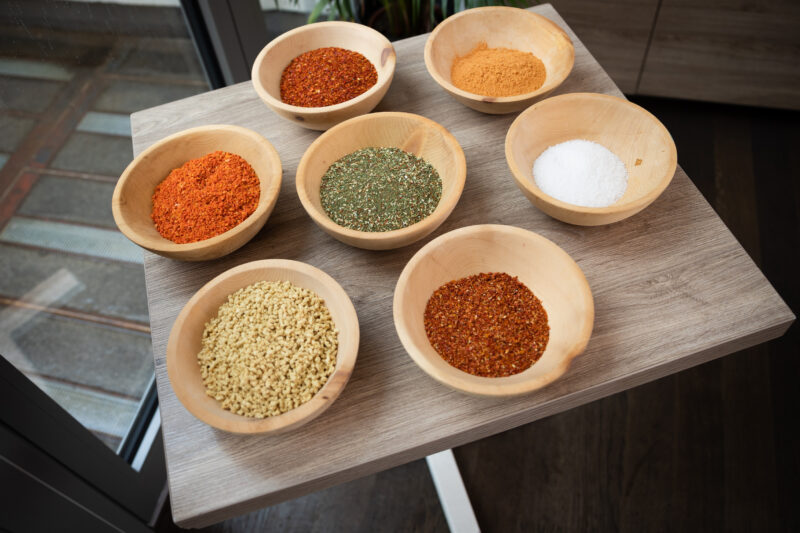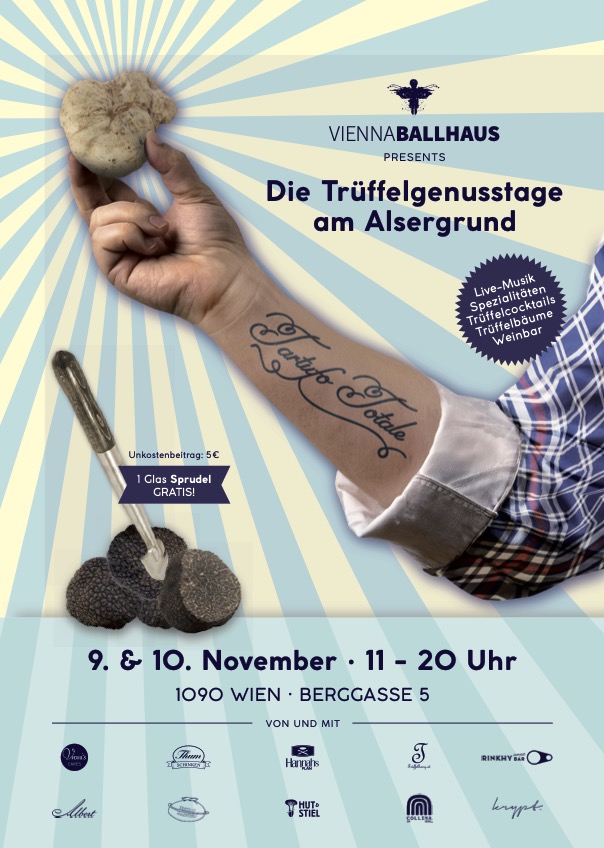
The current state of cultivated meat in Europe
Anyone not living under a rock will have seen headlines about cultivated meat in recent months – be it the official approval of two US companies and the introduction of their products in selected restaurants or the decision by the Italian government, led by the right-wing populist Fratelli d’Italia, to ban lab-grown meat altogether in order to preserve the national food culture. The topic has entered the mainstream, investment rounds in the millions are no longer uncommon and the expectations of climate activists, animal rights advocates and food lovers alike are high. But how realistic are the high ambitions of the more than 100 companies worldwide, and how soon can we expect cell-based meat in Europe’s grocery stores?
How to get from cow to burger – and keep it alive
„Cultivated meat“ is the name that has recently caught on in contrast to „labmeat“ or „cellmeat“ – partly because it is easier to translate into several languages, but certainly also because food that sounds like it’s from a science fiction movie simply sells more poorly. People want to think of sensory appealing things when eating, not doctors in lab coats. The process is not as groundbreakingly new as some might think and stems from regenerative medicine – where animal cells were initially experimented with for research on human body part transplantation. Although people have not been dreaming of the possibility of growing meat outside of an animal since the dawn of time, they have been doing so for quite a while, at least since the first amphibian cells were successfully grown under glass in 1907.
In the case of cultured meat, samples are taken from animals – almost always by means of a biopsy. Individual cell types are isolated from these samples and placed in a bioreactor, a tank similar to those used in breweries, in a nutrient-rich liquid known as a medium. In principle, this medium performs the same function as blood in a living organism and supplies the cells with the substances they need to grow – primarily sugar, oxygen, amino acids, vitamins, minerals and trace elements, but also growth factors such as hormones and other proteins. After a growth phase of around two to eight weeks, depending on the type of meat, the cells are harvested and processed into the final products.
Cell-based climate rescue
According to the proponents of cultivated meat, this process has a number of advantages compared to the conventional meat industry. First and foremost, it is not necessary to end an animal’s life; according to many producers, the biopsies are less invasive and largely painless. It is not only vegetarians and vegans who find the standards in today’s industrial meat production ethically difficult to justify – in addition, there are often horrendous labor conditions for workers in slaughterhouses. Apart from the moral component, the meat industry contributes significantly to global warming, partly through greenhouse gases emitted during the production process. According to studies, cultured meat can lead to significant savings in CO2 emissions from beef and pork production and comparable emissions from chicken production, in contrast to ambitious benchmarks set by the meat industry. In addition, the meat industry pollutes environment and water, requires an enormous amount of land and accelerates deforestation of the rainforest and the associated loss of biodiversity. Here too, advocates of cultivated meat expect significant improvements.
Proponents of cultivated meat also see great potential for food security. Many nations around the world cannot meet their meat requirements domestically and rely on imports; one reason why Singapore is at the forefront of research and investment. In addition, lab-grown meat is not susceptible to zoonotic diseases such as swine fever, which China, for example, has had to contend with in recent years – it too is investing heavily in cultivated meat. In addition, cultivated meat benefits from the absence of hormones, antibiotics and steroids – a frequent criticism of the modern meat industry.
Meat substitutes can now be found on every supermarket shelf and you could get the impression that more and more people are adopting a plant-based diet. However, it is predicted that global meat consumption will continue to rise in the future – most of all in the Global South, but a further increase of 9 percent is also expected in the USA by 2030.
In many respects, cultivated meat therefore appears to be an ideal way of tackling all these problems without people having to give up their familiar and desired cultural traditions and consumption patterns. Some studies assume that 60 percent of global meat production will be bred in bioreactors as early as 2040. Good Meat, one of the companies whose cultivated chicken product was recently approved for sale in the US, is planning a factory in the US that will produce up to 13,500 tons of meat per year – and they are not alone in their plans, others come from Believer Meats in Israel, for example.
So far, so good – but not at all easy
Hence, one might think that cultivated meat would be on restaurant plates and supermarket shelves in no distant future. The fact is: the technology works, and if testers from all over the world are to be believed, the product tastes good as well. However, there is one major hurdle to overcome – the cost. Companies that are currently allowed to sell their products lose money on every piece of chicken product that goes over the counter. It is assumed that the current costs are 100 to 10,000 times higher than conventional meat. However, various companies and platforms claim that they will be able to reduce this to a fraction over the next few years – the GFI Institute, for example, claims that it will be able to reduce the price of a kilogram of cultivated meat to 6.94 euros by 2030.
However, some critics do not buy into this. According to them, the ambitious predictions are flawed in almost every area and the complexity of the processes is massively underestimated – the problem lies primarily in scalability. The factors that might be improved are the massively cost-driving cell medium, the bioreactors and cell efficiency.
Means to an end
The industry faces the enormous financial hurdle of bringing its products to a comparable price level with conventionally produced meat, because even if they do taste good, 100-dollar burgers will not be an option for even the most adventurous of eaters in the long term. Companies are therefore experimenting with several strategies, apart from the constant attempt to make the production process more economically efficient. One promising one is not to sell a 100% meat product to begin with – these „blended products“ consist partly of plant-based binders. This enables costs to be significantly reduced – this option is particularly useful for processed meat products such as burgers and nuggets. Other companies focus on cultured animal fat as a flavor and nutrient carrier. Another strategy is pursued by companies such as Wildtype, which produces salmon for sushi – a product that generally fetches much higher prices, which are only expected to rise in the future due to increasing overfishing.
Finally, many companies raise a very important point: The current price of mass-produced meat is simply too low and does not truthfully reflect the real costs involved. The subsidization of meat itself and the animal feed required to produce it massively reduces the final price – according to some views, the current supply chain for meat will not be able to exist to the same extent for much longer. There is the possibility of imposing additional costs on meat, such as a carbon offset or pollution tax. Of course, these things are up to governments and politicians and are mostly wishful thinking – but all available options to reduce the negative impact of the meat industry on people, animals and the environment should be explored.
The situation in Europe
It remains to be seen whether cultured meat can pose a threat to the conventional meat industry in the future. Interest and investment are currently high – it is therefore important to maintain this level and make progress in the meantime. It is precisely this point that is sometimes criticized in Europe: The EU is increasingly falling behind in the race to be a global pioneer. The EU has a rigorous and lengthy food approval process which is expected to take at least 18 months. Nevertheless things have been picking up in the European Union: In September 2023 the European Food Safety Authority (EFSA) received its first application for approval of a product made from cell-based meat. A subsidiary of the German company InFamily Foods, known for its Bärchenwurst sausage and the vegetarian brand Billie Green, submitted the application for a hybrid hotdog made from cultured pork and plant-based ingredients.
In 2022, there were 17 European companies in the cultured meat sector. Five produce in Germany, one in Switzerland. In Austria, no company produces cultured meat directly, although two are involved in organic process design.
Companies such as Gourmey from France received 48 million euros in support in 2022, which will be used, among other things, for the production facility for their cultivated foie gras in Paris. The Netherlands, absolute pioneers in the field, invested 60 million euros in research and training in cellular agriculture in 2022 – the largest public investment to date. In July of 2023, it also became the first European country to allow tastings of cultured meat and seafood. The Dutch company Meatable also received a further 35 million euros in funding at the beginning of August – its products are due to be available in Singapore in 2024. One of the German companies, Alife Foods, presented the prototype for schnitzel – made from cultured beef – in 2022. In Switzerland, regulatory approval was submitted even earlier than in the EU – by the Israeli company Aleph Farms – in cooperation with the country’s largest supermarket chain Migros. Just very recently, the UK government has announced a 12 Million pound investment into an alternative protein fermentation hub.
On the other hand, public sentiment against cultivated meat has gained more traction. While the European Commission is currently investigating whether the aforementioned ban introduced by Italy’s government goes against the rules of the internal market, other countries have been contemplating similar ideas. For instance, in January of 2024 a paper outlining the industry’s perceived dangers was presented to the EU council of ministers by the Austrian, Italian and French agriculture ministers and has garnered support from nine other member states.
All in all, we will have to wait and see – and possibly, in the near future, make the switch to other destinations to test our Schnitzel out of the reactor.
Milestones in the cultivated meat industry
1932 – Winston Churchill predicts that meat can be grown outside of animals in the 1980s
1950s – researcher Willem van Eelen has the idea for cultured meat (although he only receives a patent for the concept in the 1990s)
2001 – First proof-of-concept for NASA: a (gold) fish fillet is successfully bred and not eaten by anyone
2004 – The non-profit organization New Harvest is founded. It is dedicated to research into cellular agriculture
2013 – The world’s first cultured hamburger is shown to the world in a live broadcast. It cost around €250,000 until then
2020/2021 – Singapore grants Good Meat approval for its cultured chicken product
May 2022 – Cultured meat is sold at hawker stalls in Singapore for the first time
2023 – The USA gives the green light for chicken products from Good Meat and Upside Foods
July 2023 – The Netherlands allows tasting of cultured meat and seafood
July/August 2023 – In the USA, cultured chicken products are sold in selected restaurants
China Chilcano, Washington D.C. – by Chef José Anrdés (Good Meat)
Bar Crenn, San Francisco – by Chef Dominique Crenn (Upside Foods)
September 2023 – A cultured meat product is submitted to the European Food Safety Authority for the first time






